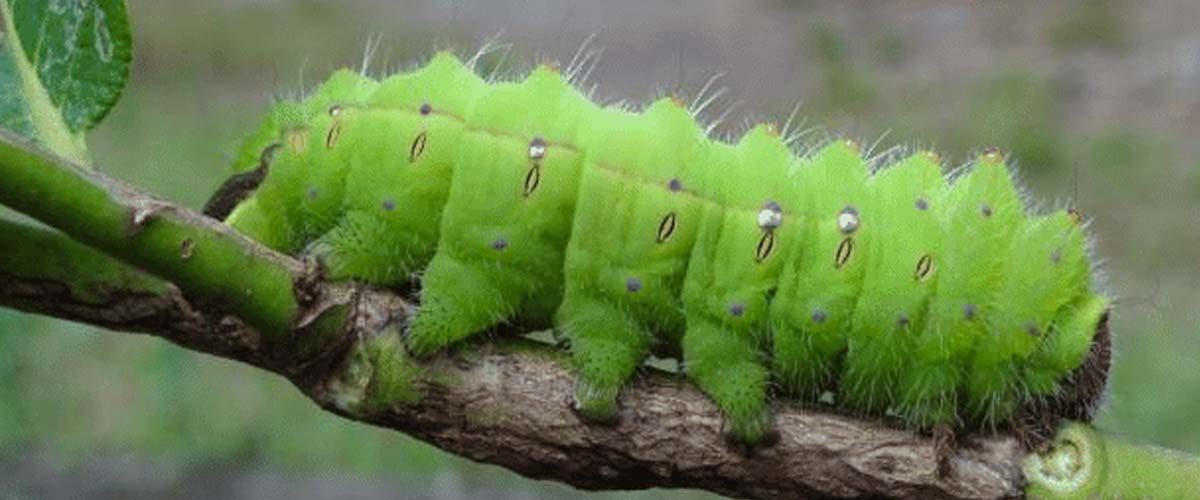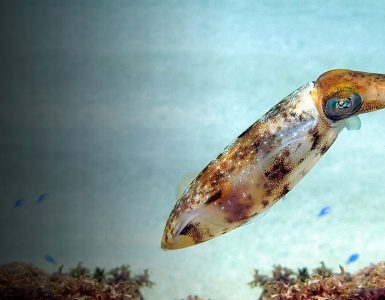Tasar silkworm, scientifically known as Antheraea mylitta is a sericigenous insect that produces unique quality silk. Food is an essential component to sustain life and for the continuity of consistent life processes. Subsistence dietetics and energy demands are directly linked with immune activation, and change in food availability intervene in the normal metabolic activities and fitness of living organisms.
Kehl and Fischer reported that “Larval starvation reduces responsiveness to feeding stimuli and does not affect feeding preferences in a butterfly.” Reisenman et al. stated, “The effects of starvation on the olfactory responses of the blood-sucking bug Rhodnius prolixus.” J. P. Pandey and K. Jena from Central Tasar Research and Training Institute, Central Silk Board, Ministry of Textiles, Govt. of India designed the study to find out the effect of starvation on immuno-responses, oxidative damages, antioxidant defenses, and quantitative traits of Tasar silkworm (A. mylitta).
The present exploratory nature of work was conducted during July 2014-September, 2019, during the rearing season of Tasar silkworm at Central Tasar Research and Training Institute, Ranchi Jharkhand, India. The hemocyte related experiment was conducted in the RK Tiwari’s Laboratory located at K.N. Govt. PG College (MGKV University), Gyanpur, SRN Bhadohi, and India. The six days old V instar larvae were subjected to starvation stress, and the impact was evaluated on morphology, protein concentration, enzyme activity, immunological parameters, oxidative stress, and cocoon characteristics, said J. P. Pandey.
“The findings of our study showed a change in total hemocyte count and differential hemocyte count, which indicates its maintenance of homeostasis against starvation stress. An increased level of phenoloxidase and acid phosphatase was the sign of activation of intracellular phagocytic responses. A higher level of lipid peroxidation and total hydroperoxides signify the resultant oxidative stress in the starved specimen. The modulation of antioxidant enzymes indicates adaptive behavior in the tissue against oxyradicals. Decreased levels of protein content, ascorbic acid, and reduced glutathione show their utilization during starvation stress”, said J. P. Pandey and his research team members in the paper published in the American Journal of Biochemistry and Molecular Biology.
“Last but not the least, it is concluded that starvation regulates immunological responses, oxidative stress, and hemocytic nuclear fragmentation as a result of cellular damage and thus adversely affect overall fitness and quantitative traits of Tasar silkworm.”
















Add comment